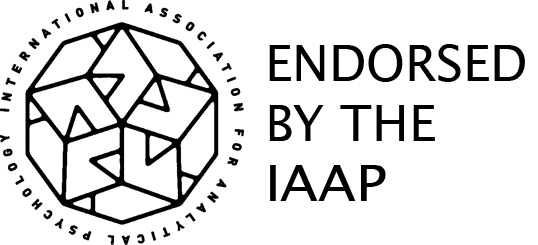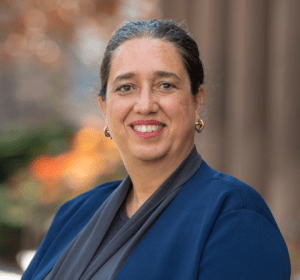In this Alliance Master Class, Dr. Michelle Stephens will engage with participants in a close reading and discussion of her paper, “Getting next to ourselves: The interpersonal dimensions of double-consciousness”. Dr. Stephens will elaborate upon her thinking since publication, facilitate discussion, and answer questions. All participants will receive a copy of the article upon registration. In order to provide an intimate, stimulating discussion, the group will be limited to 10 participants who can directly engage with the author
Stephens, M. (2020). Getting next to ourselves: The interpersonal dimensions of double-consciousness. Contemporary Psychoanalysis, 56(2-3), 201-225.
This essay explores, in a speculative and reflective, rather than heavily researched mode, how we might think as psychoanalysts about the interpersonal dimensions of double-consciousness. I begin by sharing briefly the convergence of ideas and disciplines that I am bringing together: the original conceptualization of double-consciousness in Black studies and critical race theory; and psychoanalytic discussions of intersubjectivity. I then tell two stories, both involving my experiences of incidents of racial tension in educational settings. These experiences inspired me to perform an informal online review of writing in the mental health field on guilt and rage—the powerful pair of feelings that seemed to emerge, repeatedly and consistently, in scenes of public racial discussion and confrontation. I then turn to discussing “White double-consciousness” and “Black mirroring,” extending psychoanalytic interpretations and their application to the psychic dynamics of interpersonal, interracial relating. Double–consciousness is placed in dialogue with understandings of the mirror stage (Jacques Lacan), intersubjectivity (Philip Bromberg), radical openness (Anton Hart), and thirdness (Jessica Benjamin). Along the way, I also draw from the work of Frantz Fanon. Ultimately, my goal is to think with and respond to a recent call by Lynne Layton for us to develop a psychoanalytic framework for thinking about White double-consciousness.


